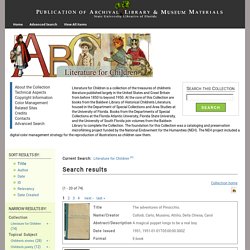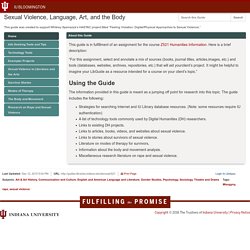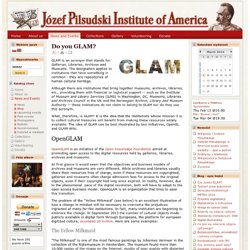

Find public domain books online. There are many places to find public domain books, offline and online.

A great place to start is your local library. If you’re near a university library, you may have access to a great special collection, so you should check it out. Used bookstores are another great place to find public domain books. You can also do research online, of course. And since that’s where we are, let’s go with that. Here’s a list of resources to help you find public domain books online. The Aeneid of Virgil What’s there: The John Dryden (Harvard Classics) translation. Using what you find: The John Dryden text is in the public domain, but the Institute for Learning Technologies claims copyright in the HTML markup. Authorama.com What’s there: Classic public domain books in XHTML format. Using what you find: The books featured on this site, as well as illustrations within the book pages, are in the public domain.
Bartleby.com Grant, Ulysses S. Bibliomania Christian Classics Ethereal Library Digital Book Index. Search results. Literature for Children seeks to make accessible volumes or children's literature, published in the United States and Great Britain between 1850 and 1923.

Titles published during this period are now in the public domain and can be reproduced and access freely by anyone. This effort is enabled through funding from the National Endowment for the Humanities, with initial grant projects awarded to the University of Florida. Literature for Children draws from the children's literature collections of the state's public university libraries and from the collections of their partners in K-12 and higher education. These volumes form part of the Baldwin Library of Historical Children's Literature, housed in the Department of Special Collections at the University of Florida. But, the currently available on-line collection includes volumes drawn from the Special Collections of Florida State University, Florida Atlantic University, and the University of South Florida. Image Capture And Conversion.
Art (Bookshelf) - Gutenberg. Home - Sexual Violence, Language, Art, and the Body - Library Research Guides at Indiana University. This guide is in fulfillment of an assignment for the course Z521 Humanities Information.

Here is a brief description: For this assignment, select and annotate a mix of sources (books, journal titles, articles,images, etc.) and tools (databases, websites, archives, repositories, etc.) that will aid yourclient’s project. It might be helpful to imagine your LibGuide as a resource intended for a course on your client’s topic. Using the Guide The information provided in this guide is meant as a jumping off point for research into this topic. Strategies for searching Internet and IU Library database resources.
Do you GLAM? GLAM is an acronym that stands for: Galleries, Libraries, Archives and Museums.

The designation applies to institutions that have something in common - they are repositories of human cultural heritage. Although there are institutions that bring together museums, archives, libraries, etc., providing them with financial or logistical support -- such as the Institute of Museum and Library Services (ILMS) in Washington, DC, Museums, Libraries and Archives Council in the UK and the Norwegian Archive, Library and Museum Authority -- these institutions do not claim to belong to GLAM nor do they use this acronym. What, therefore, is GLAM? It is the idea that the institutions whose mission it is to collect cultural treasures will benefit from making these resources widely available. The idea of GLAM can be best illustrated by two initiatives, OpenGL and GLAM-Wiki. OpenGLAM At first glance it would seem that the objectives and business models of archives and museums are very different. GLAM-Wiki.
Academic Writing. Classification, Categorization, Taxonomy, and stuff. 505. Ready Reference. Library Misc. Libraries. 652. Z553. ILS Syllabi. Z501 - Reference. Course Schedule Planning. Z503. Z604.